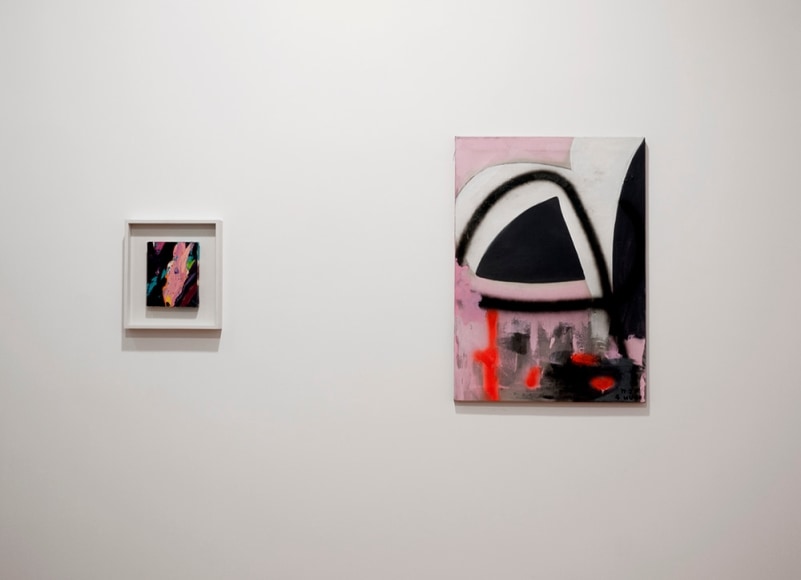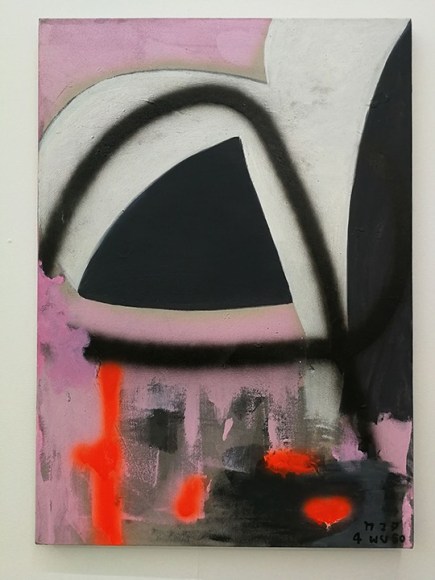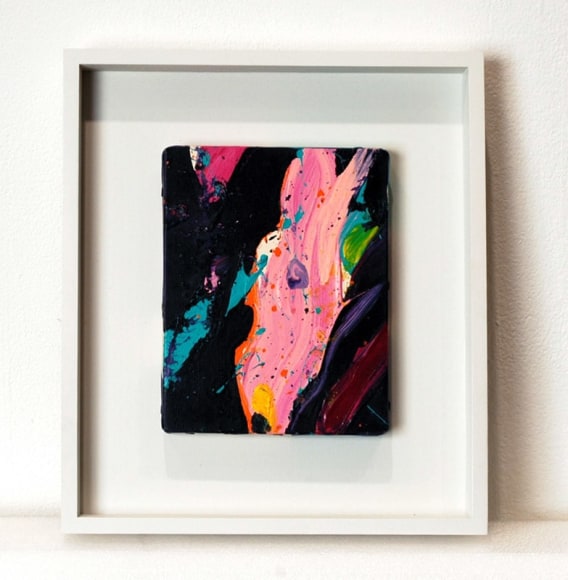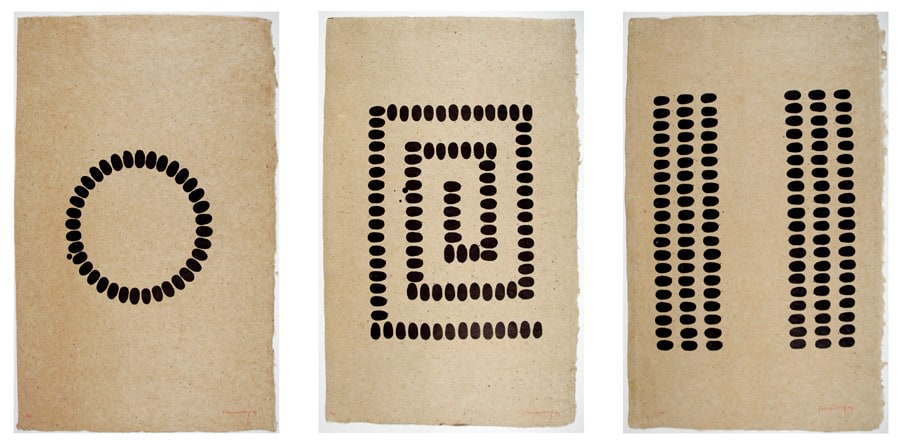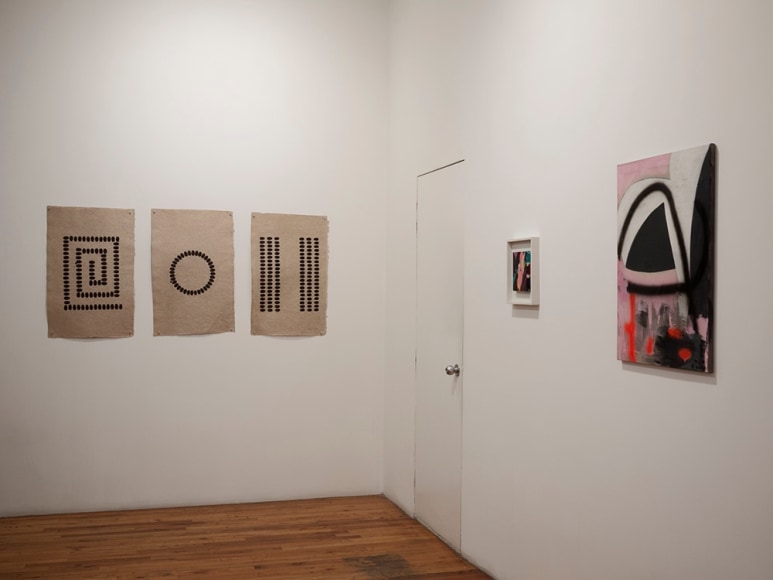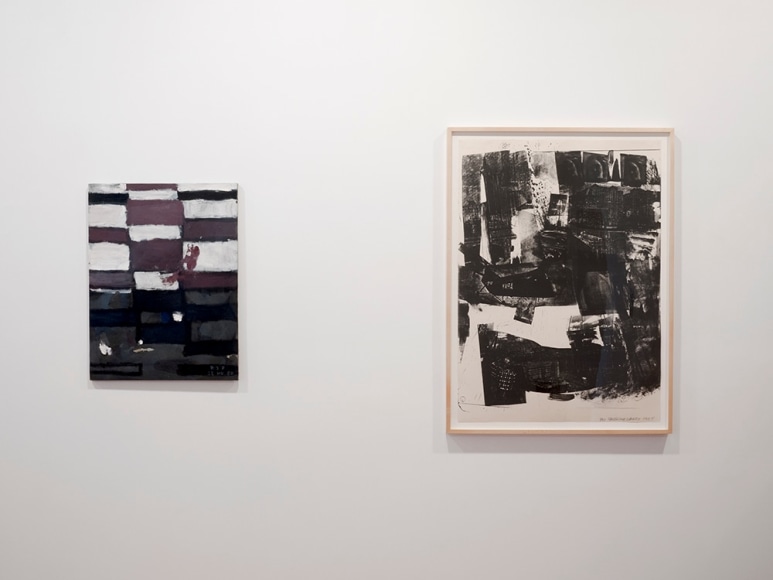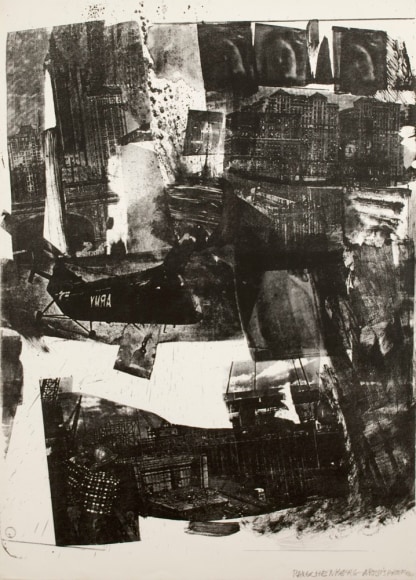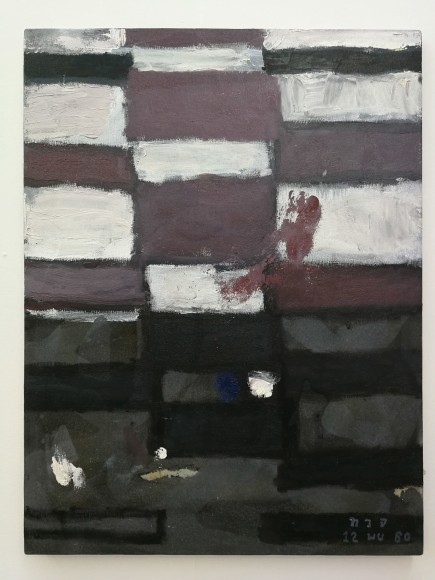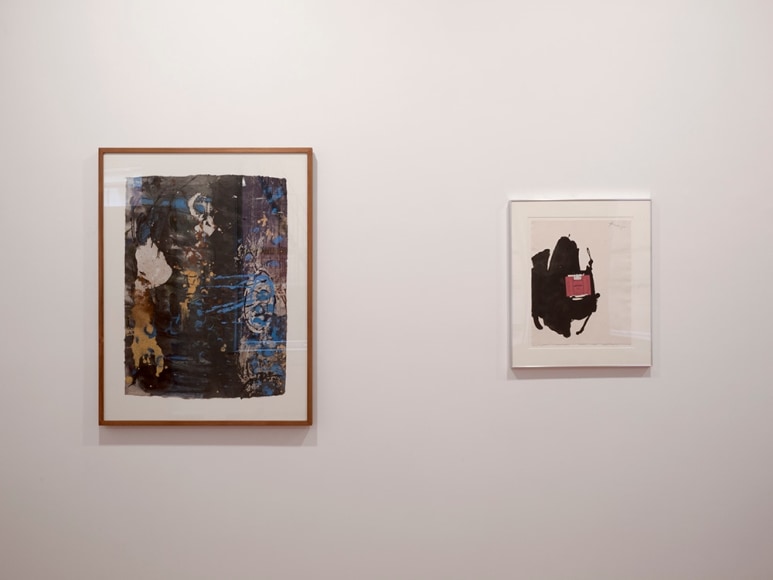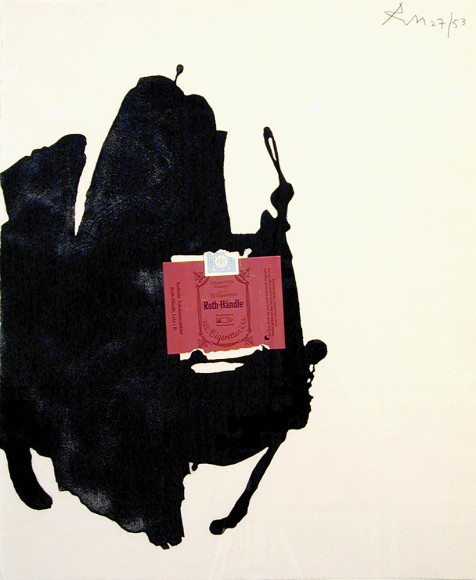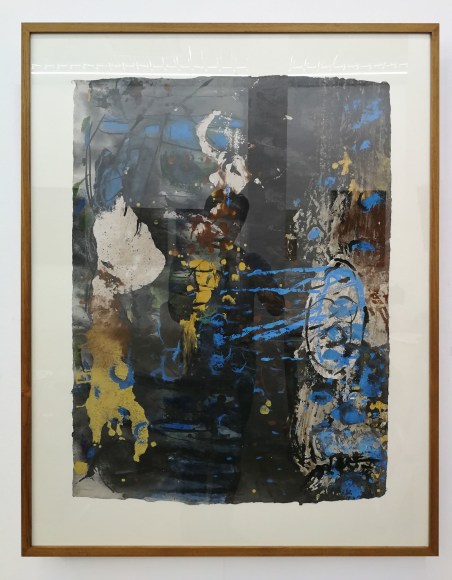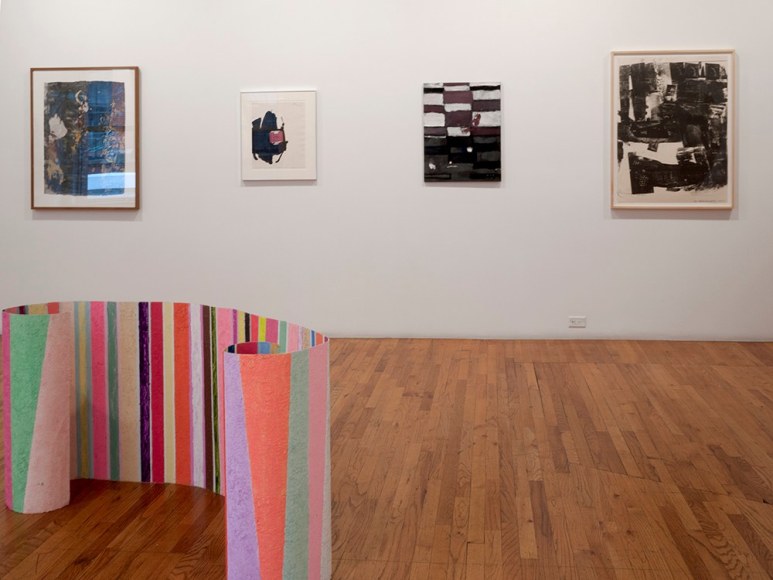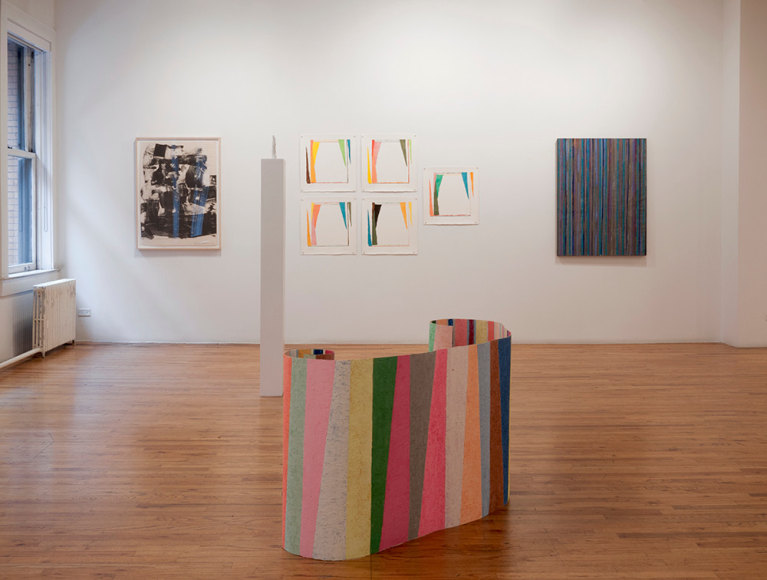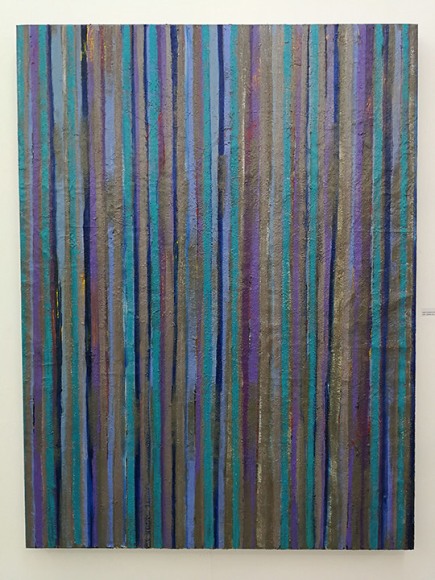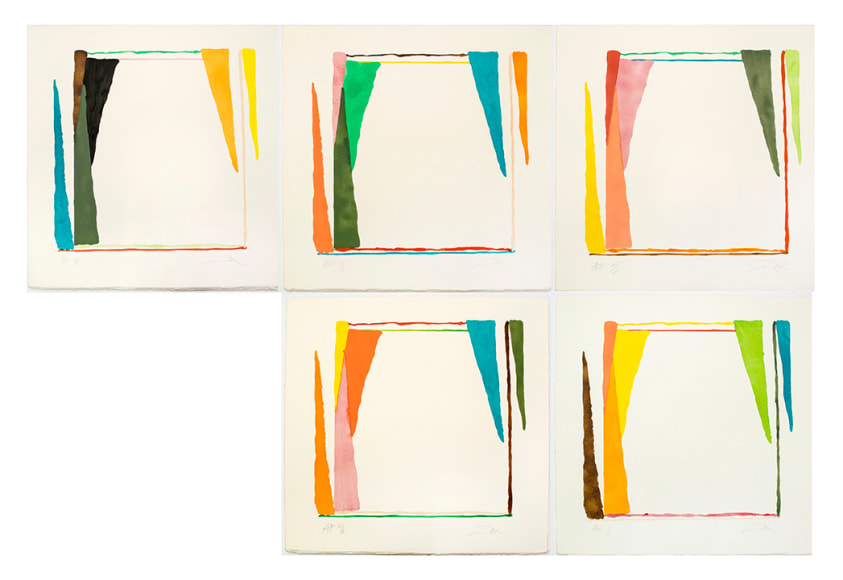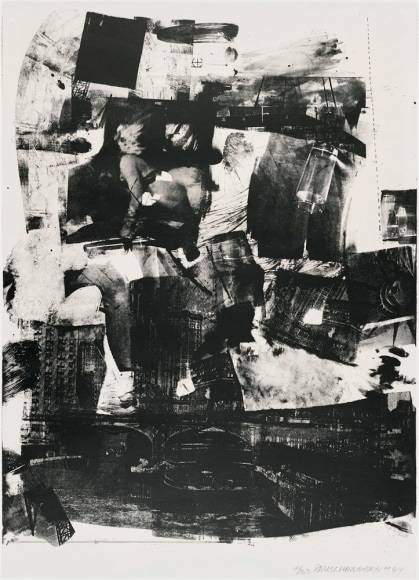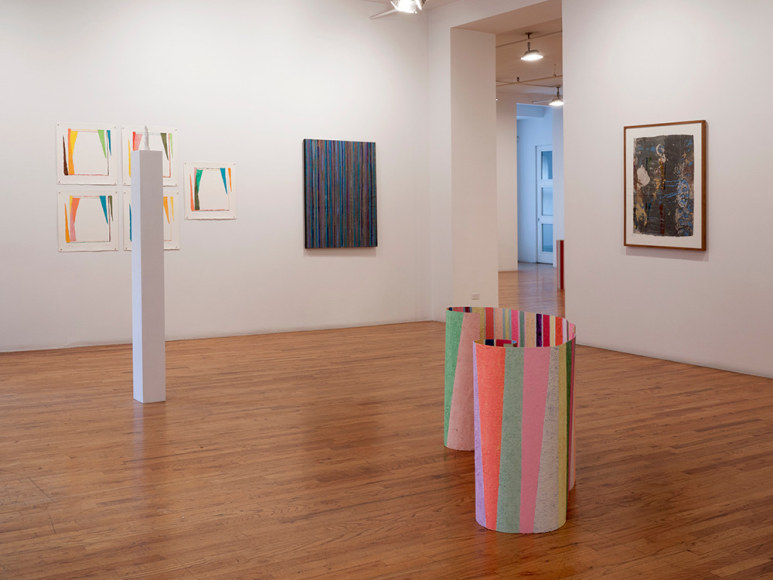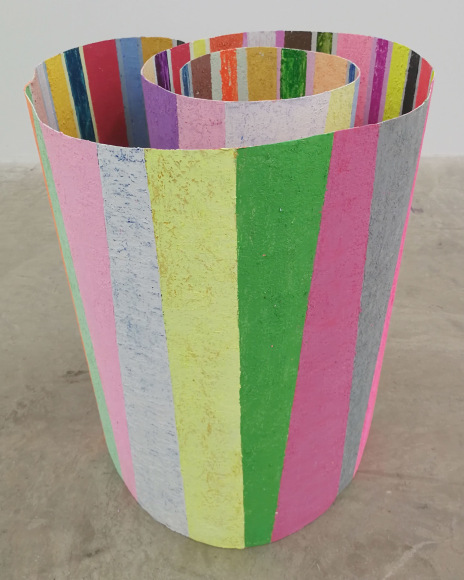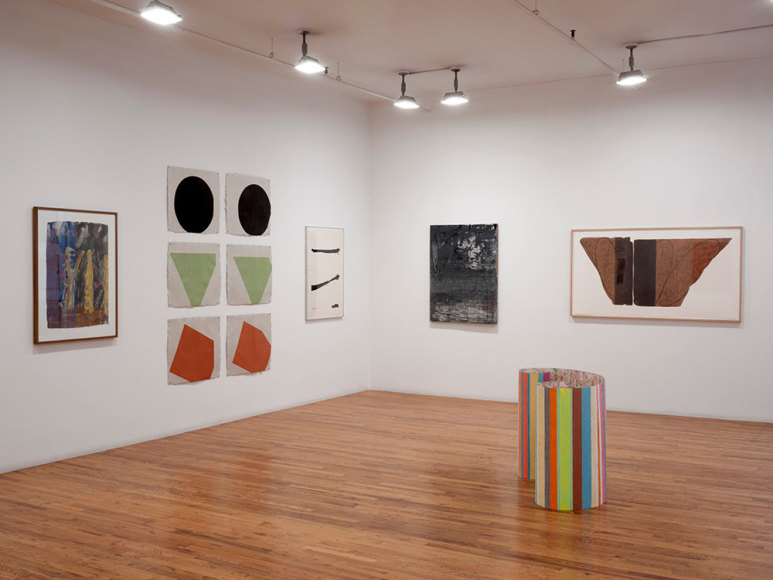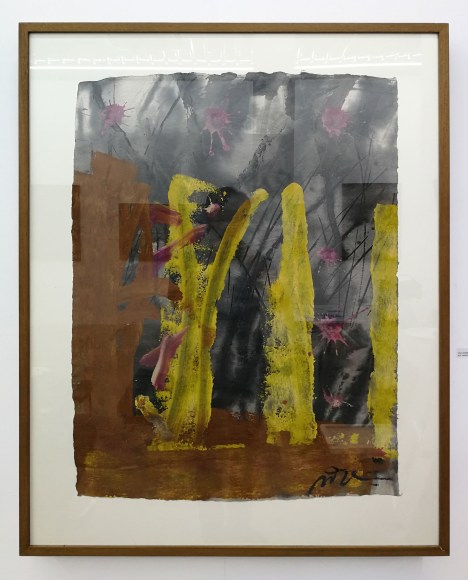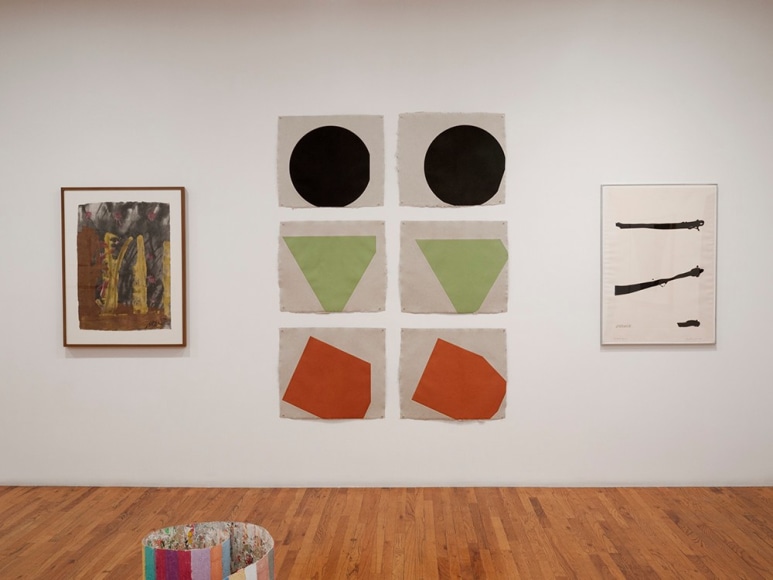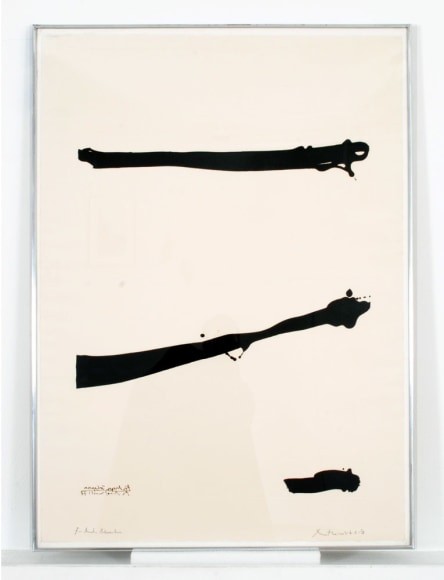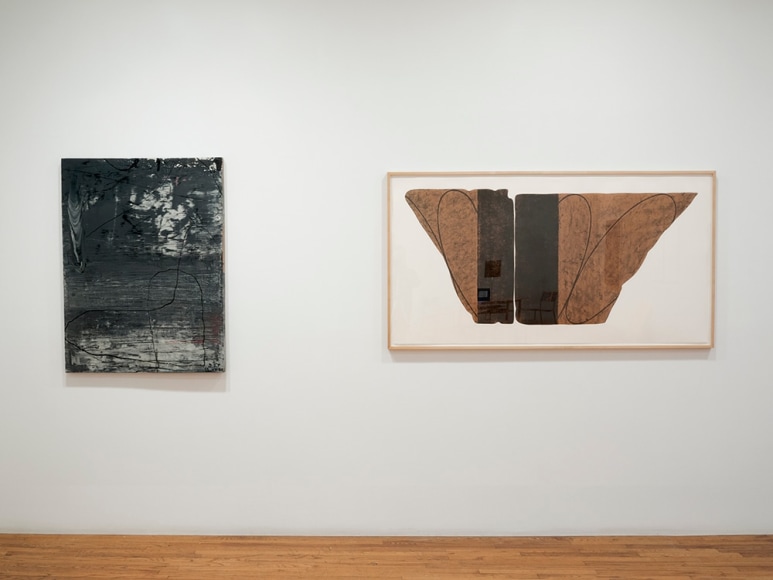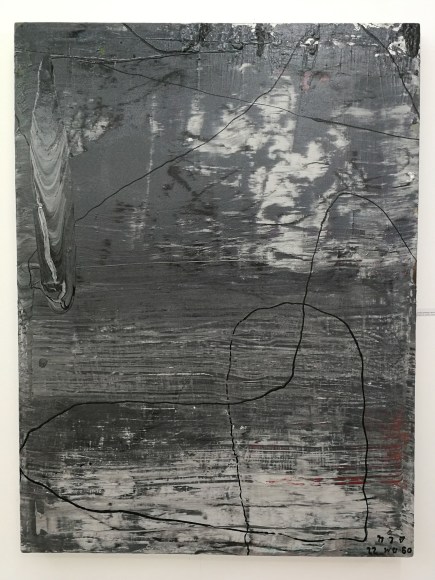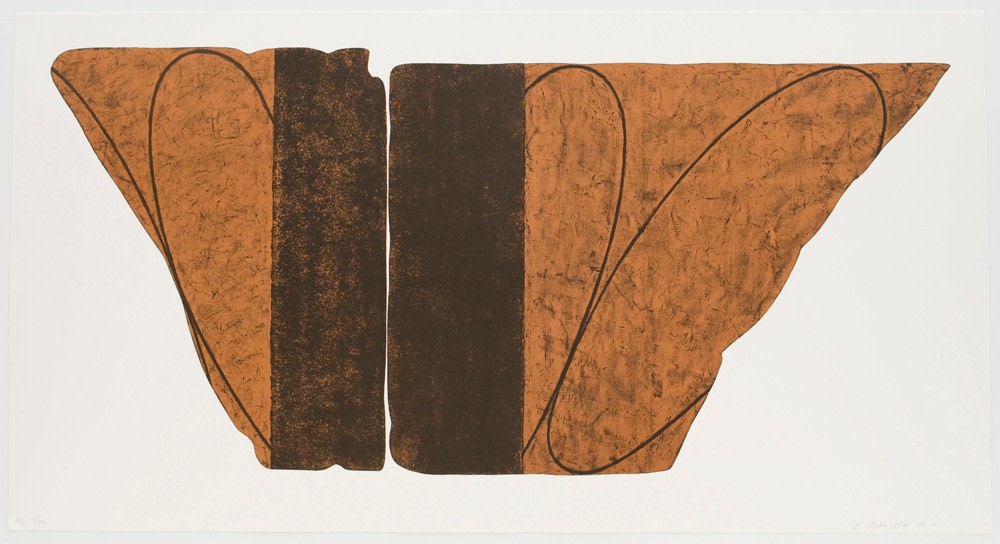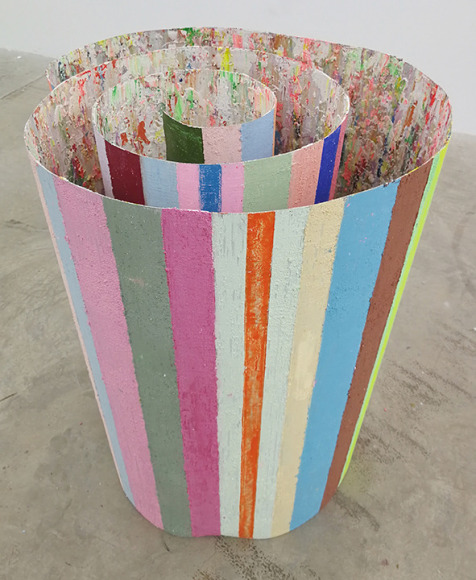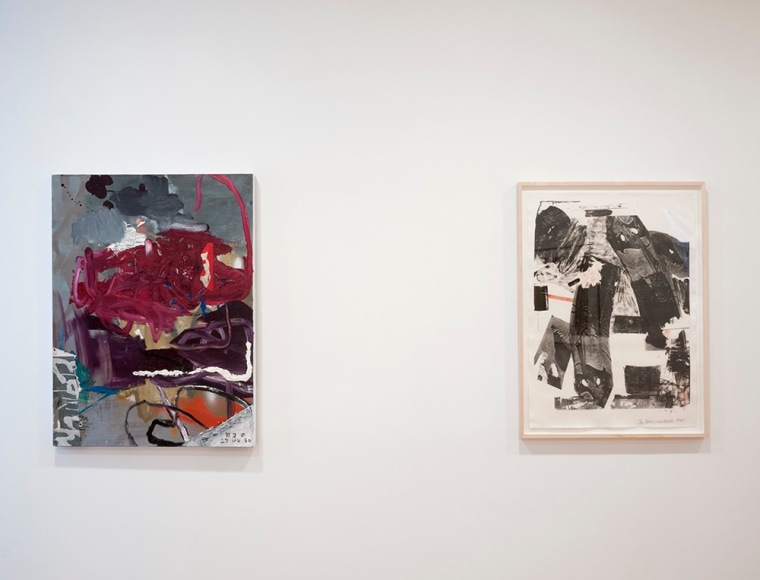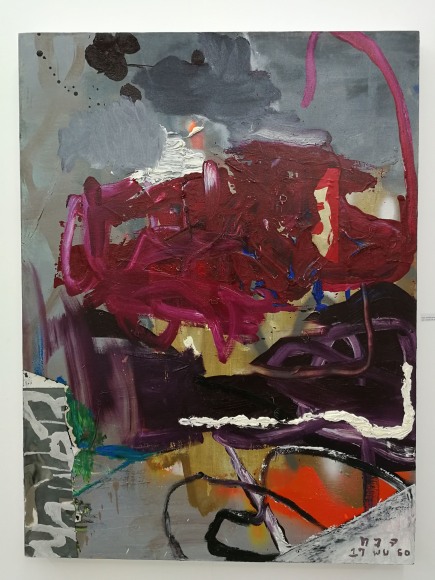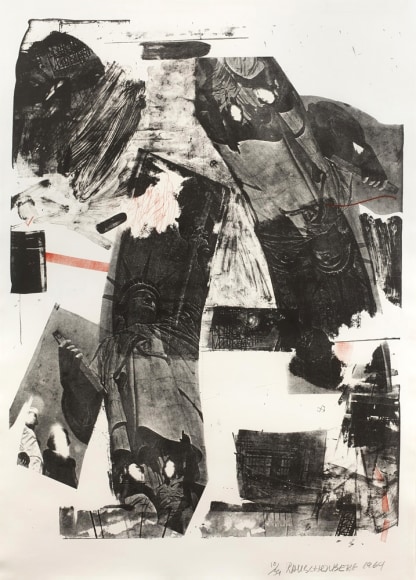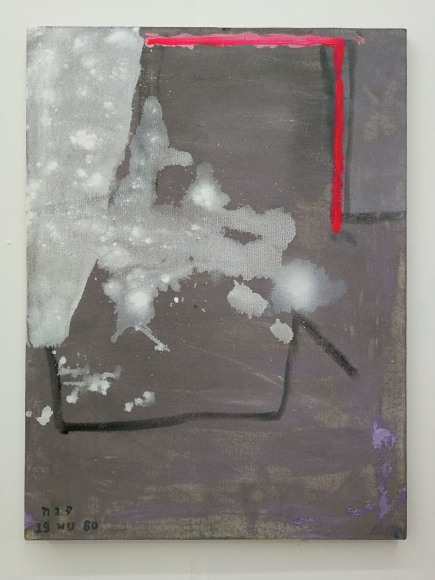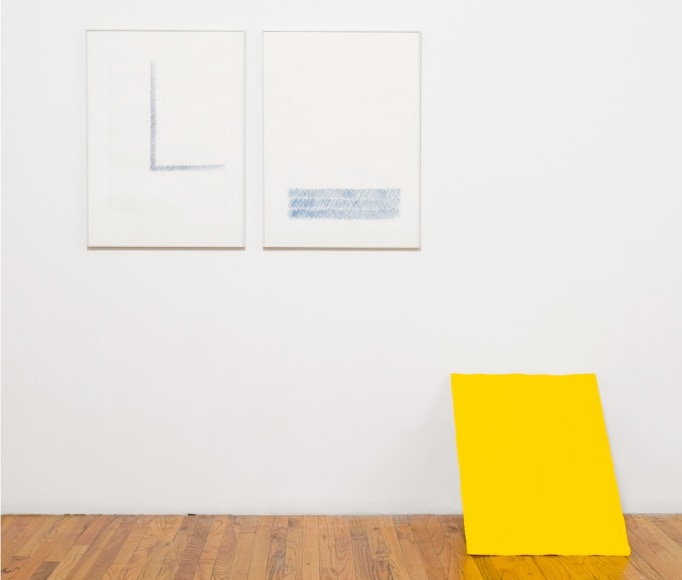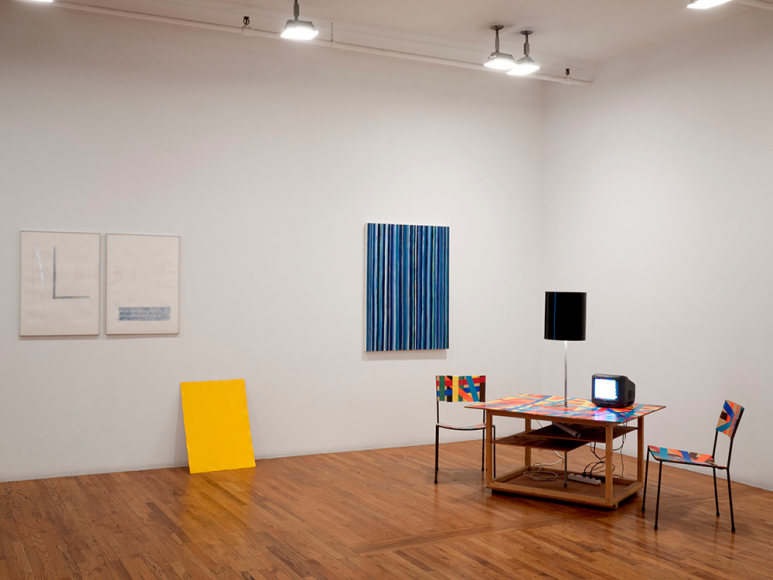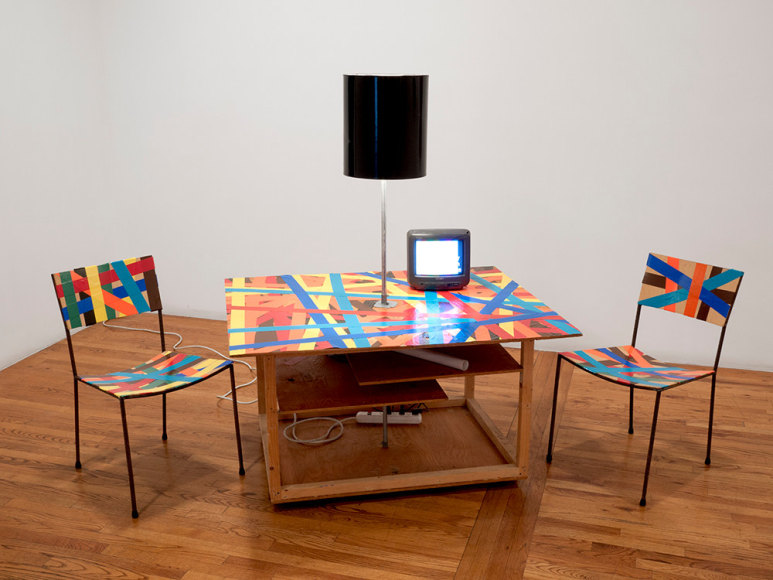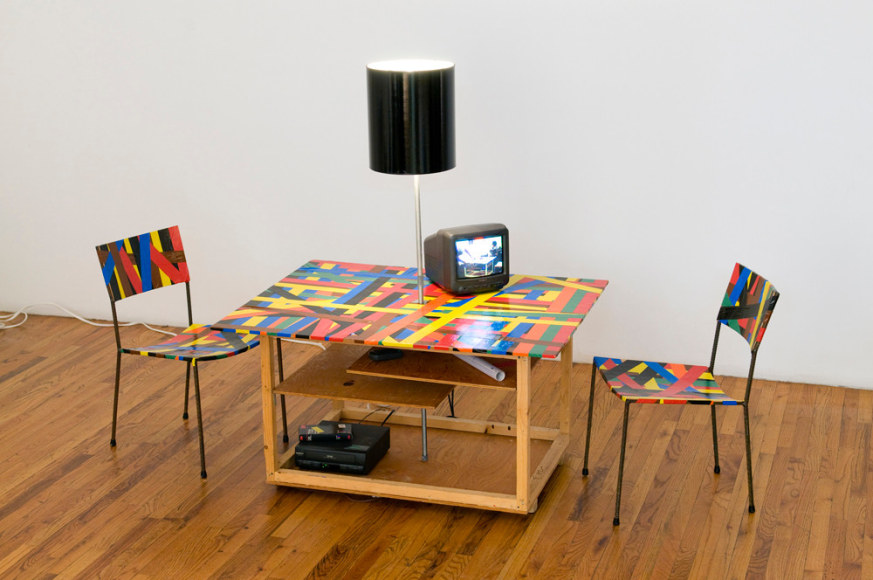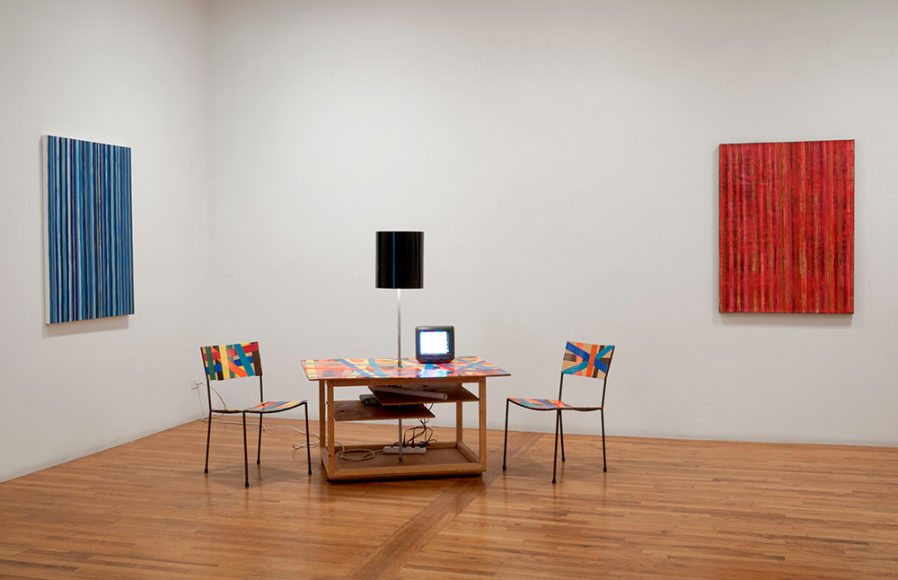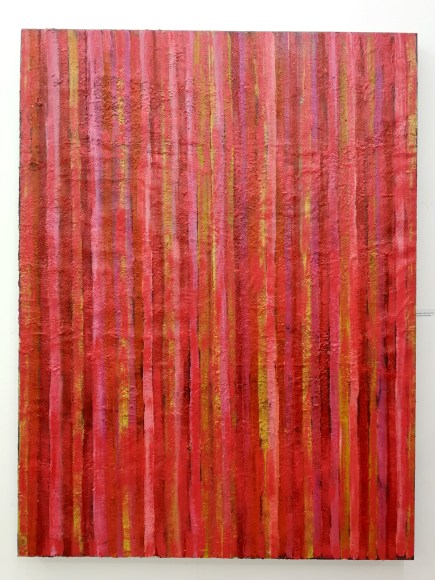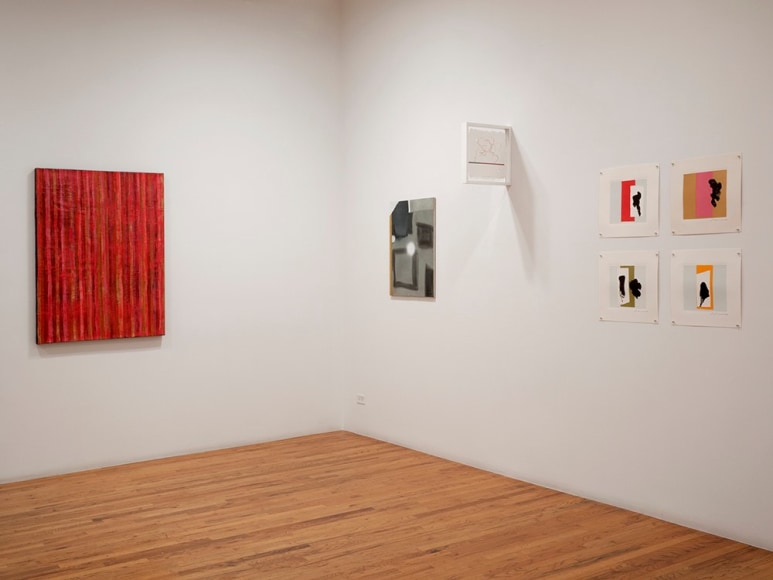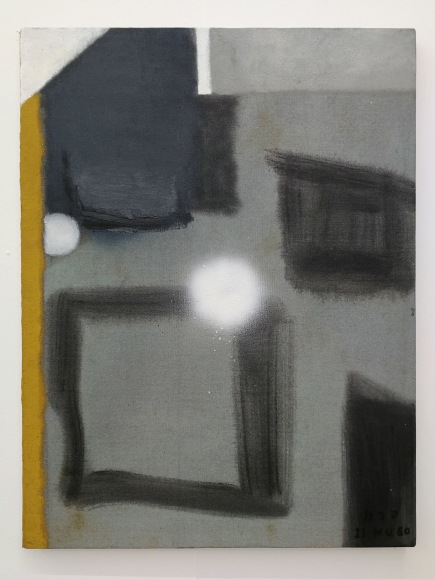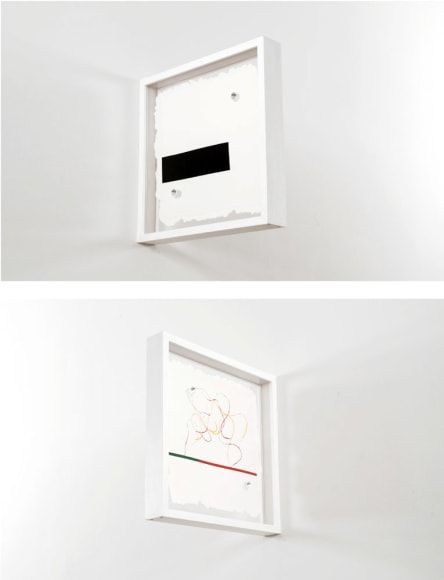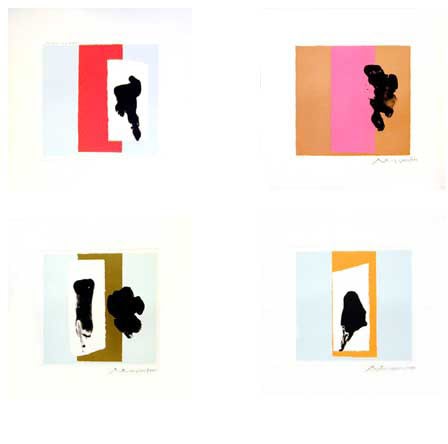The Thick Lines Between Here and There
Co-curated by Keith Schweitzer & Owen Houhoulis
October 25 - December 8, 2018
This dual-gallery exhibition brings four of Thailand’s most admired abstract painters together for the first time, offering a bold view into the country’s burgeoning & reinvigorated contemporary art scene. At the same time, they are presented alongside a number of complimentary artists from Europe and America who approach Abstraction from their own diverse perspectives. In this way, the artists participate in a contemplative conversation that moves across oceans and through time.
Angkrit Ajchariyasophon is an accomplished practitioner of non-objective Thai abstraction, and has also long championed fellow Thai artists in his independent gallery “Artist+Run.” His galleries in Bangkok and Chiang Rai have become central gathering places for highlighting the current intergenerational community of Thai artists. Working from a deep-seated fear “of disappearing,” Ajchariyasophon’s own artwork goes beyond the aesthetic and engages interaction to foment change. His vertical line paintings are inspired by the walking meditations of local Buddhist monks: through slowly repeated applications he mirrors their attempts to “know all moments.” American artist Sam Francis was deeply influenced by Zen Buddhism, but combined it with an energetic form of automatism to create dynamic abstract expressionist paintings. His distinct canvases hum and sing with lively strokes and splatters of brilliant color. These dancing gestures are mirrored in the mid-1960s lithographs of Robert Rauschenberg. Devoid of color, they instead represent a bold turning point in his storied career. Having found a cache of used New York Times image plates, Rauschenberg combines brushstrokes with ghostly images of the quotidian world.
Thaiwijit Puengkasemsomboon has long been a highly regarded torchbearer of Abstract Expressionism in Thailand. Both a painter and a sculptor, many of his works are created reactively as he listens to improvisational jazz. Robert Motherwell was a prolific American painter, collage-artist and printmaker. He brought a literary influence to his studies of Surrealism and, later, as a founding member of the famed New York School of Abstract Expressionists. His works are often defined by the combination of bold black gestures with fields of pure color. Painter Larry Zox was a member of the following Lyrical Abstraction movement. Removing gesture and brushstroke, Zox is known for depicting rigid and angular color shapes that were articulated by white line borders. These lines added a sense of structure as well as a sense of directional momentum to Zox’s works.
Mit Jai Inn apprenticed under contemporary artist Franz West in Vienna in the late 1980s. He is known for defying conventional boundaries, both physically and conceptually, with artworks that often appear as hybrid objects: paintings that could be sculptures, or sculptures that incorporate painterly methods. Mit Jai Inn’s works on display here are an example of this, as they relinquish to viewers control over how they are displayed or arranged. This notion is mirrored in the work of Franz West himself, a visual democrat whose sculptures were meant to be not only seen but also engaged by all viewers. With his “Creativity: Furniture Reversal,” the artwork is actually created by the viewer, as it is unpacked, arranged and colored with duct tape however a group or individual intends. American Richard Tuttle, on the other hand, started as a consummate Minimalist, in terms of both structure and gesture. However, over time his mark / form making has transformed. Originally working with simple touches, like sparse musical notes on a page, he has also been known to combine random but busy line work, or to create a whimsical assemblage of found material. Gary Stephan has remained a structuralist. A Postmodernist, Stephan has remained focused on approaching abstract forms in a that way bends them into some new, not quite known, other. These shapes can be affected, or cropped, or rotated in a way that forces viewers to look beyond their surface.
Somluck Pantiboon, a celebrated Japan-trained Thai master ceramicist, extrapolates his 3D sculptural forms across flat surfaces to produce paintings using clay pigments. Together with his wife Tamako, Somluck founded the Doi Din Daeng Pottery Center in Chiang Rai. Here he fuses Japanese and northern Thai techniques into works with a distinctly earthen look. His constant oscillating between abstract painting and the sculpting of useful objects serves to promote his artistic and teaching belief that “Art must be in harmony with society.” This sense of harmony and earth tones is reflected in certain works by Robert Mangold. A primary Minimalist painter, here we encounter his “Fragments” series. Using a number of already damaged lithograph stones as his starting point, Mangold allowed their cracked and jagged edges to define his options. The resulting impressions, in deep browns, greens and yellows, are held together by a series of both thick black stripes and thin, linear black ellipses. These small black gestures are reflected in Richard Long’s series of his own thumb-prints on hemp paper. As a nature-based conceptual artist, Long is best known for documenting his long walks through landscapes. He also collects rock and mud samples, which he later uses to create floor sculptures or large, dripping wall murals. With all of his work, the artist melds into his surrounds and the materials of the environment.
The Thick Lines Between Here And There is co-curated by Keith Schweitzer and Owen Houhoulis. It is a dual-gallery exhibition taking place in coordination with Brooke Alexander Inc., which has contributed greatly to this global endeavor.

